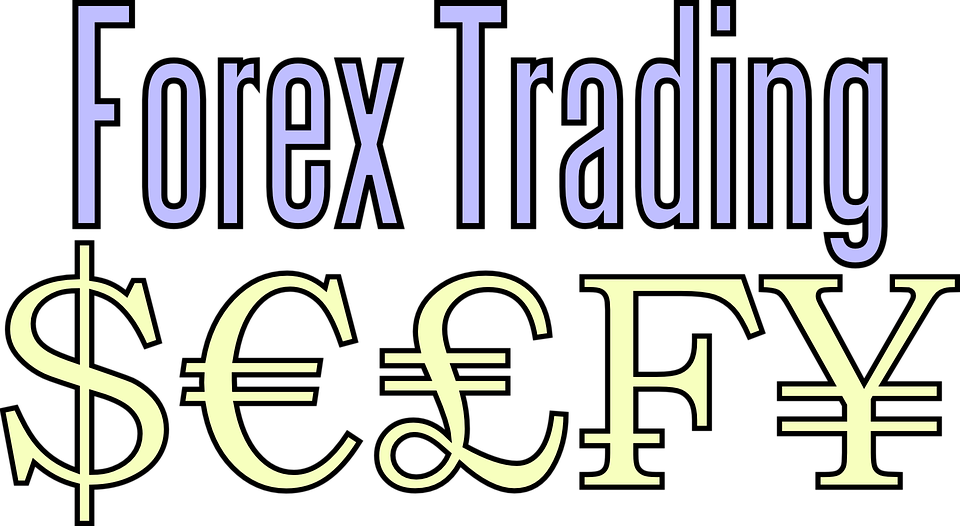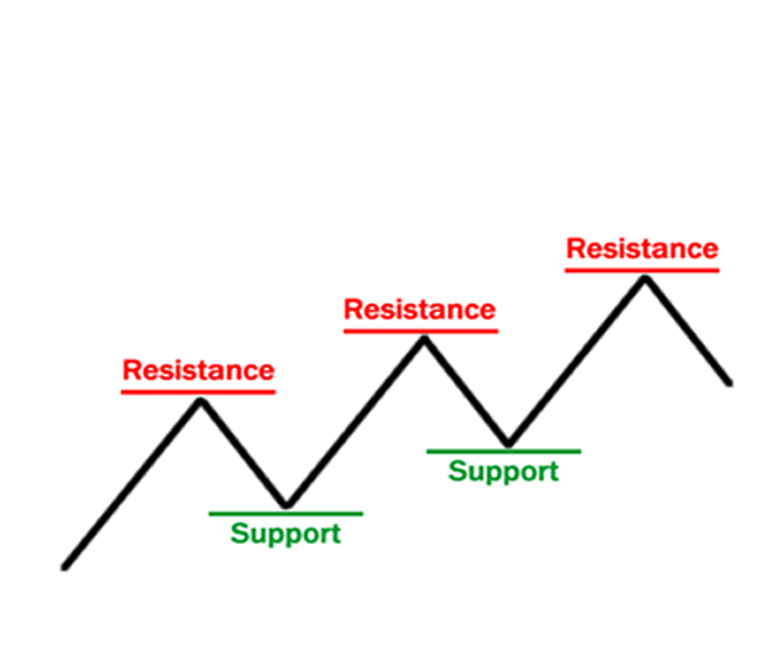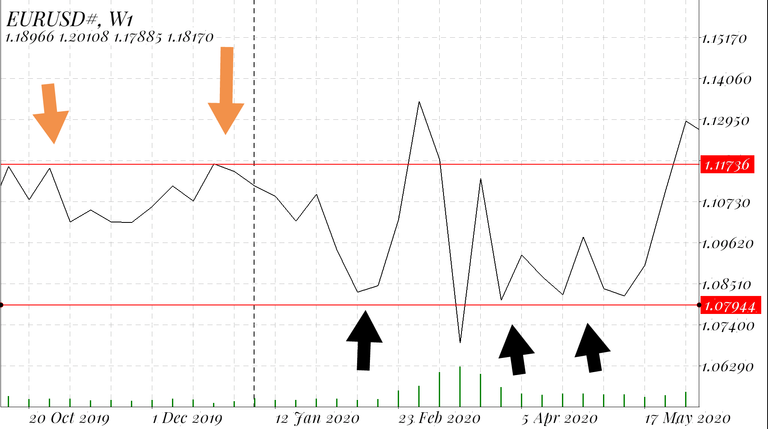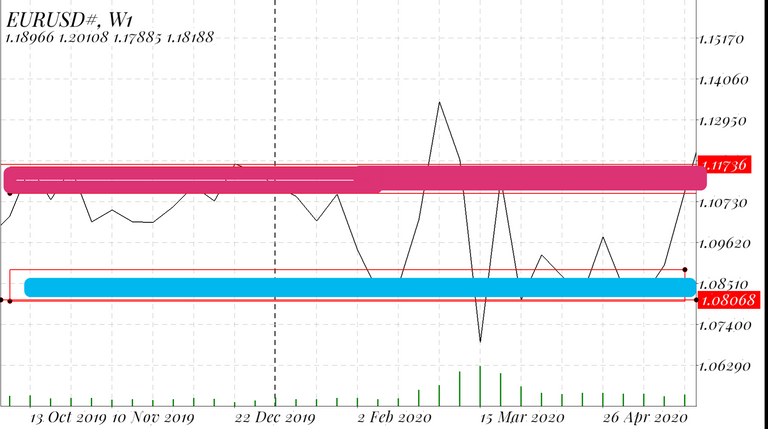
What is a support level?
There are different schools of thought as regards support and resistance. Some think support is a point, some think it is a zone. In my own view, support levels are zones and not just points in the charts.
investopedia defines a support level as the price level that an asset(currency pair, stocks, crypto) does not fall below for a period of time. Supports are like the lowest zone a currency gets too before changing direction for a period of time.
How does a support form?
When bears go short on a currency and the price of a particular asset begins to dip, it gets to a level where traders feel it will no longer continue its downward move, and then they pull out of the trade and hence a reversal occurs. When this happens repeatedly, support level forms. There are different factors responsible for the way traders feel however, the most important factor is history which most technical analysts believe tend to repeat itself. When that level is tested over again, the support becomes recognized and it becomes stronger. That's where the saying "support is like wine, it gets better as it ages" comes from.
 babypips
babypipsWhat is a resistance level?
Investopedia defines resistance as a level where the price at which the price of an asset meets pressure on its way up by the emergence of a growing number of sellers who wish to sell at that price.
In an uptrend, there is a zone/level where the trend pauses and changes direction. This zone is called a resistance zone implying difficulty in continuing the trend. It simply means that the buyers in the market are pulling out of the trade.
Resistance can be said to be the price levels in which a price fails to rise above over a period of time. A lot of traders have their story as regards a particular zone they feel a currency cannot pass. As a matter of fact, just recently I had a trade on the EUR/USD where a particular level was difficult to get above. I have been on that trade since August 1 and till now the resistance still remains strong.
Resistance simply forms when traders pull out of an uptrend due to past experience of price reversing at that level...
Enough with the theories.
It is important to know the theoretical concept of support and resistance. However, it is more important to know how to draw supports and resistance zone and what to do when your asset is close to these levels.
I said earlier, there are different schools of thought when it comes to support and resistance. Some people believe you can use candlestick chart of which they are correct while others feel the line chart is the most appropriate. I fall under the category of people who use the line charts to draw their support and resistance zone. The reason is just that it is simpler to interpret first and then it takes cognizance of only the closing price.
Step 1
Change your chart to a line chart.
Step 2
Look for areas where the price reverted in time frames ahead of your main trading time frame. This means if you trade the 4-hour time frame, you should look for places where price reverts in the daily chart and weekly charts. Those zones are stronger than support formed on your main trading time frame.
Step 3
Draw a horizontal line or a rectangle around the zone.
That's all as regards drawing support and resistance...
 A screenshot of a line chart of EUR/USD showing points of reversal of trends
A screenshot of a line chart of EUR/USD showing points of reversal of trends This is a screenshot of a weekly chart of EUR/USD depicting the zones of support(blue) and resistance(pink).
This is a screenshot of a weekly chart of EUR/USD depicting the zones of support(blue) and resistance(pink).What should you do at these levels?
These levels are important in two scenarios
- In a trade
- Out of a trade
In a trade
When you are in a trade, and your trade is close to a support level, the first thing you should do is to put a protective stop-loss that will make you leave the trade with a profit in a case of reversal.
When you go long on a trade and it is heading towards the resistance point, you should also set a protective stop loss a few pips away from the resistance level so you can leave the trade with a profit if the resistance point is too strong.
Out of a trade
The importance of knowing what to do with support and resistance before executing a trade lies in the phenomenon of false break out.
Investopedia defines a fakeout as a term used in technical analysis to refer to a situation in which a trader enters into a position in anticipation of a future transaction signal or price movement, but the signal or movement never develops and the asset moves in the opposite direction. For example, if a trade is heading towards a support zone and you put a buy order in anticipation of it reversing, if it reverses a little and then continues its downtrend, you can say we have a break out there.
When you notice an asset is approaching a major support zone, you should place your buy orders a distance above the support to avoid fakeouts. The buy order should be placed in such a way that it confirms the trend reversal is definitely happening. The opposite is done for resistance levels.
References
Thank you for reading my blog
Hello @bhoa
According to the explanation you make here in your post you make it all seem very simple, but we know it has its nuances, and especially forex, can allow you to win fast or lose equally, but as you say, stop-loss is a tool that must be managed.
This can be difficult to handle, for those who have never been close to a trade but, good explanation. Thanks for sharing it.
I will do a post on stop loss.. The truth is forex is easy. The more bitter truth is controlling your greed is hard.. the hardest part of trading is the one that involves controlling greed.. I recommend the disciplined trader by Mark Douglas... It Will help you understand some things about trading psychology..
Thanks for the recommendation. The truth is, yes, the psychology of the market may seem like a silly story to some, but it is a big determinant of trading.